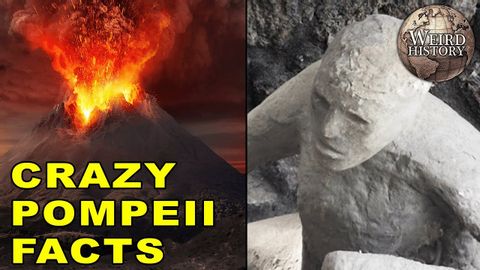庞贝城的事实会让你大吃一惊(Pompeii Facts That Will Blow Your Mind)
joey joey 發佈於 2021 年 05 月 20 日  沒有此條件下的單字
沒有此條件下的單字US /ˈkruʃəl/
・
UK /'kru:ʃl/
US /ˈæspɛkt/
・
UK /'æspekt/
- n. (c./u.)方面;觀點;(某物的)要素;特徵
US /ˈɛvɪdəns/
・
UK /'evɪdəns/
- n. (u.)證據;證據 (法律)
- v.t.表明;證明
US /ˈenʃənt/
・
UK /'eɪnʃənt/

